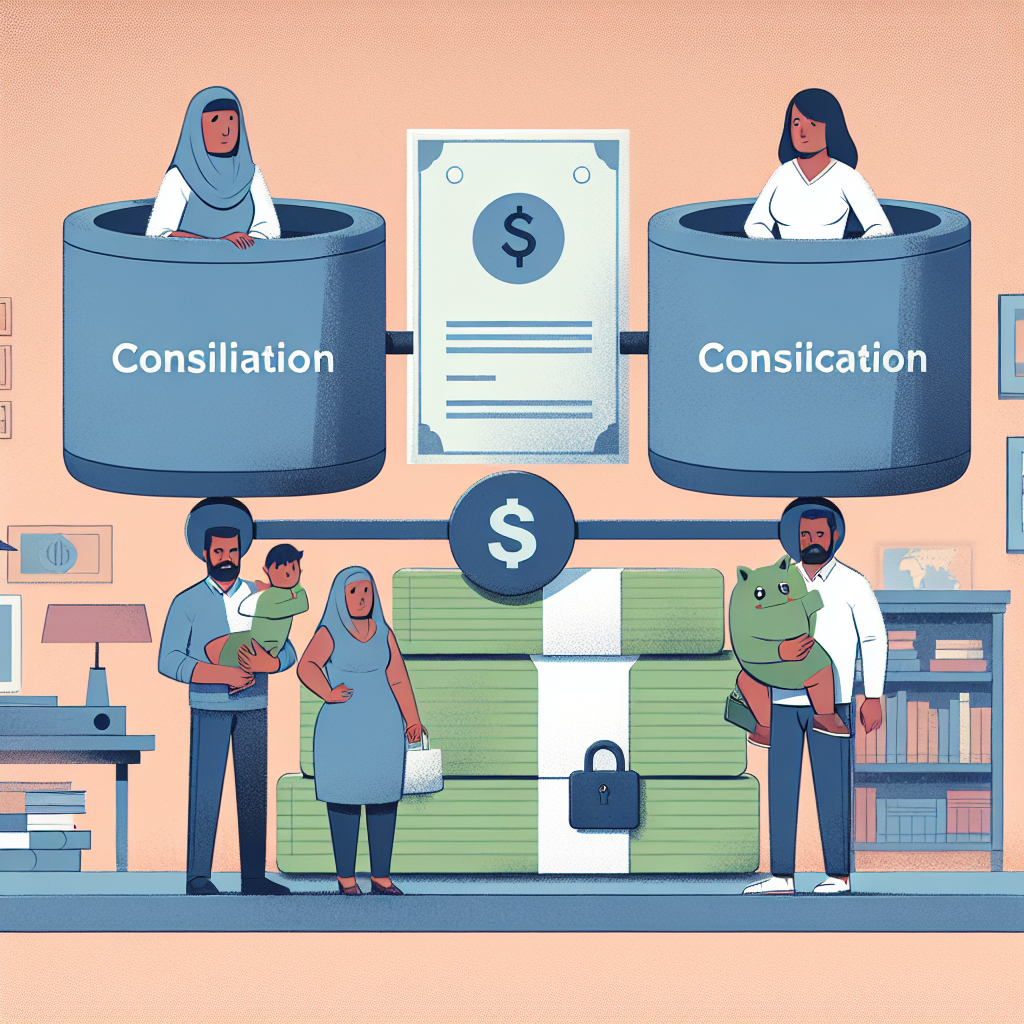
Consolidating parent plus loans
Understanding Parent PLUS Loans
Parent PLUS Loans are a type of federal student loan designed to help parents of dependent undergraduate students pay for college. Unlike federal student loans, which are borrowed by the student, these loans are taken out in the parent's name and are intended to fill the financial gap after other forms of aid have been applied. This can be a valuable resource for many families but comes with complexities that can leave borrowers feeling overwhelmed.
The Process of Obtaining Parent PLUS Loans
To obtain a Parent PLUS Loan, the parent must complete the Free Application for Federal Student Aid (FAFSA) and then apply specifically for the Parent PLUS Loan through the U.S. Department of Education. After applying, parents can borrow up to the total cost of attendance minus any financial aid received by the student. Importantly, the interest rates for Parent PLUS Loans can be higher than other types of federal loans, making it crucial for families to understand the implications of borrowing.
Challenges Faced by Borrowers
While Parent PLUS Loans offer necessary funding for education, they also present several challenges that borrowers should be aware of:
- High Interest Rates: These loans typically have a higher interest rate compared to federal student loans, which can lead to significant repayment amounts.
- Repayment Responsibilities: Parents are responsible for repaying the loan, not the student, which can lead to financial strain on the parent.
- No Grace Period: Unlike some loans, Parent PLUS Loans do not come with a grace period after graduation, meaning repayment begins immediately.
Exploring Repayment Options
As with any type of loan, understanding repayment options is crucial. Parents can explore various payment plans, including:
- Standard Repayment Plan: Fixed payments over ten years.
- Graduated Repayment Plan: Lower payments that gradually increase.
- Extended Repayment Plan: Payments over a longer period, up to 25 years, for borrowers with larger loan amounts.
Federal Consolidation vs. Refinancing
Many parents wonder if they can manage their loans better by consolidating them. While consolidating Parent PLUS Loans can be an option, it is essential to understand the differences between federal consolidation and private refinancing.
Federal Loan Consolidation
Federal loan consolidation allows borrowers to combine multiple federal loans into a single loan, often leading to a lower monthly payment. However, the interest rate is determined by the weighted average of the loans being consolidated, rounded up to the nearest one-eighth percent. This process can simplify payments but generally does not reduce the total amount owed or the interest rate significantly.
Private Refinancing
Private refinancing, on the other hand, involves taking out a new loan from a private lender to pay off the current loans. This option may provide lower interest rates based on creditworthiness but comes with risks. Not only would you lose federal protections like income-driven repayment plans, but the parent would also be personally liable for the debt. Hence, it’s crucial to carefully weigh these aspects before proceeding.
Consolidating Parent PLUS Loans: Is It Right for You?
When considering the option of consolidating Parent PLUS Loans, it’s essential to evaluate personal financial situations and long-term goals. Here are some factors to consider:
- Debt Level: How much debt do you have, and is managing multiple payments becoming overwhelming?
- Income Stability: Do you have a steady source of income to handle loan payments?
- Financial Goals: Are there opportunities for saving elsewhere in your budget if you consolidate?
The Benefits of Consolidation
Consolidating Parent PLUS Loans can offer several benefits, including:
- Simplified Payments: Having a single payment can be easier to manage.
- Potential Lower Monthly Payments: Depending on terms, monthly payments could be reduced.
- Longer Repayment Terms: A longer repayment period can lower monthly payments, making them more manageable.
The Drawbacks of Consolidation
Despite the benefits, there are significant drawbacks to consider, including:
- Loss of Federal Benefits: Consolidation with a private lender results in losing federal protections.
- Repayment Length: Longer repayment terms can result in paying more interest over time.
- Credit Implications: The process may require a credit check that could affect your credit score.
Strategies for Managing Parent PLUS Loan Debt
Whether or not you decide to pursue consolidating Parent PLUS Loans, managing loan debt effectively is vital.
- Create a Budget: Develop and stick to a budget to help allocate funds towards loan payments.
- Consider Income-Driven Repayment Plans: Check if you qualify for income-driven options that base payments on earnings.
- Explore Loan Forgiveness: Research programs that may allow for loan forgiveness after a certain number of payments.
Conclusion: Navigating Your Options
Consolidating Parent PLUS Loans can be a potential strategy for simplifying your financial obligations; however, it requires careful consideration of both the advantages and disadvantages. It’s essential to weigh your options, consider alternative repayment strategies, and be informed about the risks involved with federal versus private refinancing.
“The first step in managing debt is understanding your options and knowing what works best for your financial situation.”
The financial landscape surrounding education can be daunting, but taking informed steps can lead to a more manageable repayment journey. Always consult with a financial advisor or loan specialist to get personalized advice tailored to your circumstances.
By Guest, Published on October 13th, 2024